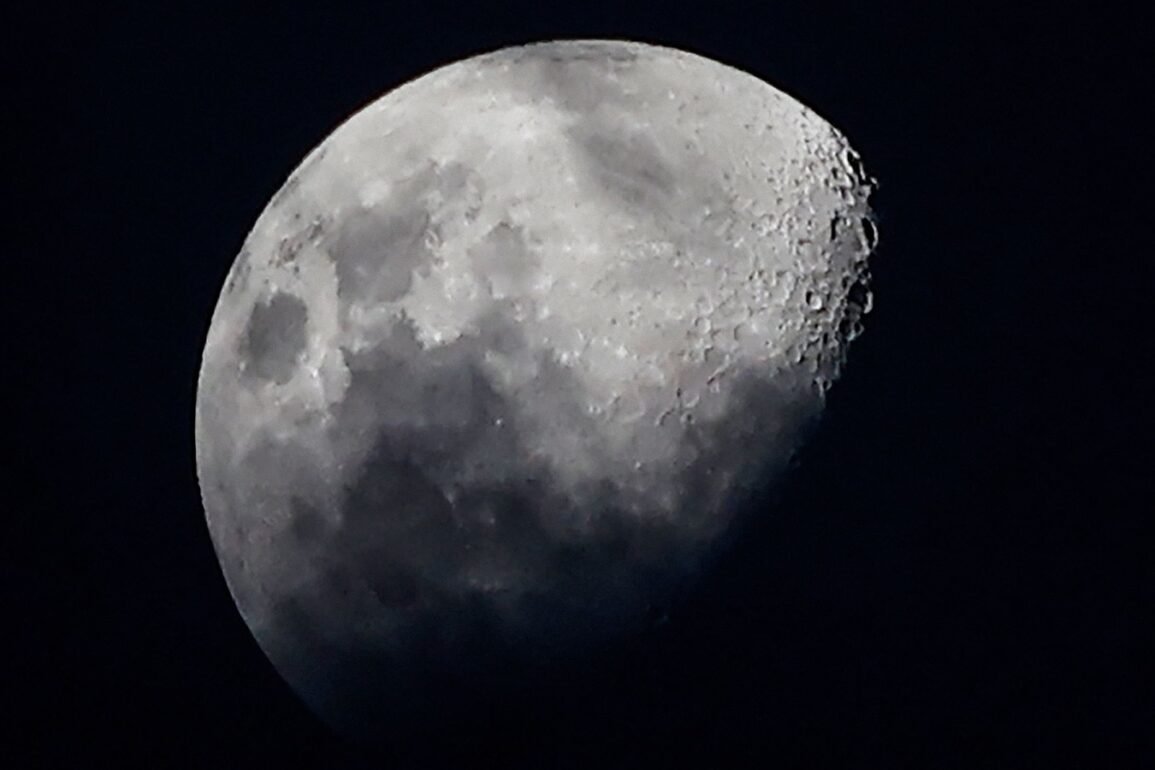Moon’s Changes Might Spell Trouble for Future Lunar Missions
News comes from the source of Reader Wall which reveals emergent concerns for future lunar missions due to the moon’s shrunken size and increase of moonquake activity. Our moon, not just an emotional companion but a constant in our life, has been gradually shrinking, causing wrinkles on its surfaces similar to dried fruit.
Gradual Reduction of the Moon’s Circumference
Research indicates that over the past few million years, the moon’s circumference has reduced by approximately 150 feet due to cooling. This ongoing reduction in size has raised eyebrows among space scientists.
The Moon’s Brittle Surface and Moonquakes
In addition to shrinking, the moon’s surface has developed several faults due to its brittleness, similar to cracks that occur in the dry ground. These faults bring a new array of problems – moonquakes. Moonquakes are unlike our typical, earthly quakes. These quake activities have a significantly longer duration, stretching up to a couple of hours and carry potential threats to future lunar settlers and missions.
Moonquakes: A Result of Latent Faults
A connection has been noted between these faults and moonquakes. A potent moonquake of magnitude 5 from the 1970s, recorded by Apollo seismometers, can be traced back to these faults. This realization feels equivalent to connecting dots to solve a lunar mystery.
Moonquake Hotspot: A Concern for Future Missions
Research has identified a region near the moon’s south pole as a potential hotbed for moonquakes and possible landslides. This poses significant concerns for future missions, particularly those proposed by NASA for crewed Artemis III landings.
Geologist Tom Watters, expressed his concerns stating, “Shallow moonquakes capable of producing strong ground shaking in the south polar region are possible… The potential for forming new thrust faults should be considered when planning lunar outposts.”
Picture the moon’s surface like dry, dusty gravel. Over billions of years, numerous asteroid and comet impacts have caused fragments to constantly disperse. This loose surface material makes it susceptible to shaking and landslides, contributing to the moonquake activity.
The Importance of Safety Preparations
With the preparations for the Artemis mission underway, the emphasis on safety is paramount. Nicholas Schmerr, an associate professor of geology, highlights the need to prepare for lunar seismic activity. This includes structurally engineering and safe-guarding astronauts from potential danger zones.
Digging Deeper into Moon’s Faults and Seismic Activities
Researchers are now focused on investigating more into the moon’s faults and their effect on its seismic activity. Comprehensive understanding of these lunar mysteries is vital for safeguarding future lunar explorers and their infrastructure. As we anticipate crewed Artemis missions, ensuring the safety of astronauts, equipment, and lunar infrastructure is a top priority.














